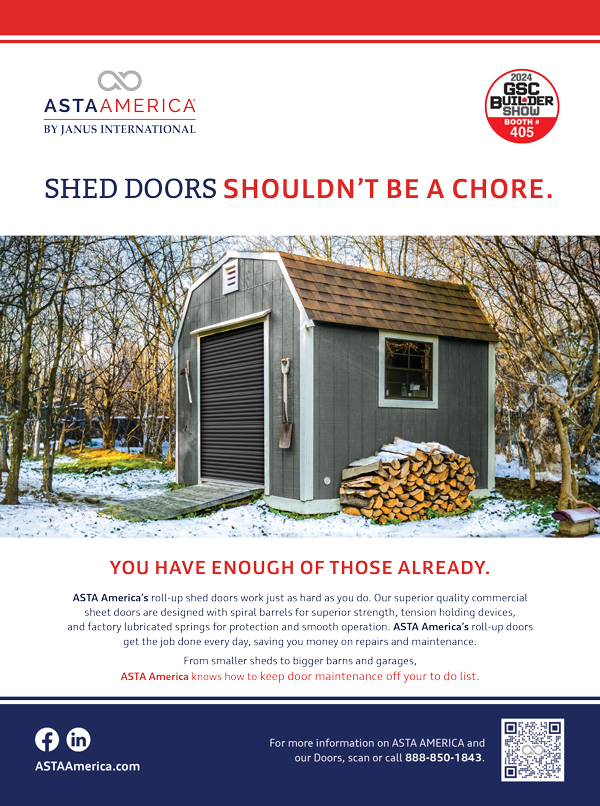Cupolas & Weathervanes Are Industry’s Iconic Combo
by Shannon Clark, MWI Components
Dutch doors, Arcadian sliding doors, horse stalls and, of course, horses, are the key components of a horse barn, right? Well, sure, but what seems to be missing from this picture? You guessed it, the iconic cupola and weathervane combination.
Cupolas date back to the eighth century when they were utilized in Islamic architecture. As new designs evolved, the cupola became a symbol of cultural superiority. Today, cupolas are an overwhelming interest piece for post-frame structures. These architectural masterpieces add character and charm to ranch buildings, and their partner — the weathervane — is largely popular for further pushing the envelope of post-frame perfection. Though weathervanes do show the direction of wind, their main purpose today is to add a personal touch to a structure.

*Recommended; Contact MWI for details. Building width determines cupola size. Building length determines quantity of cupolas needed.
On Center: measures the center of one cupola to the center of the next. Example: (2) 24” cupolas will measure 24’ from the center of one cupola to the center of the next on a building roof. Courtesy of MWI Components
Cupolas come in a variety of styles and sizes. From octagon cupolas to the classic square design, this decoration is sure to add the exact aesthetic desired for any given project. Cupolas often come in standard sizes of 24″, 36″, or 48″, but they can get as large as 66″.
While cupolas can take many forms, weathervane options are endless. Anyone with a unique vision for a building will agree the weathervane is the best way to add personality to a post-frame building. For example, if one were to look at the options at MWI Components, he or she would be met with an outstanding list of weathervane possibilities — from extravagant copper weathervanes to the standard metal designs.
The oldest surviving weathervane design is a rooster, which has stood the test of time. However, styles like the motorcycle, tractor, dog, lighthouse, horse, country doctor, etc. can add additional personality to a post-frame building. Custom weathervanes are also not uncommon, as they can be tailored to a building owner’s needs.
The size of a weathervane is largely determined by the cupola’s size, so a contractor should be certain to get the right sized weathervane for the project. If a weathervane is too large for a cupola, the weight may not be supported properly.
Proper installation is essential to the life span of a cupola. Although installation is fairly simple, when installed improperly, a cupola will likely fall victim to weather elements. Failure to follow installation instructions can even result in the collapse of a cupola or water leakage.
Much like the cupola installation, weathervane installation is considered a straightforward process. But again, failure to follow installation instructions may result in weather-related issues. For the greatest success, one must follow the installation instructions to prevent the weathervane from detaching.
These ornate ornaments are taking over the post-frame industry. Add simple charm or extravagant character to a building with the perfect cupola-weathervane duo — just be sure you follow the installation instructions!




















